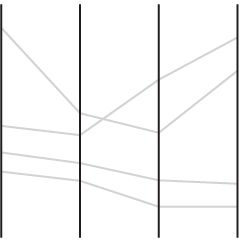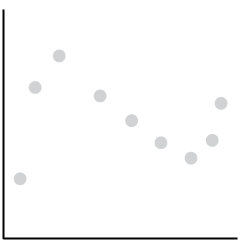Every two years, since 2012, the North American Cartographic Information Society publishes Atlas of Design. It’s a collection of beautiful maps and the process behind each. From series editor Nat Case, on how traditions in cartography can still feel new:
This is one of the magical things about how people depict the world. Even if the point of the depiction is one you’ve seen or heard a thousand times, if you tell it right, a love song or a portrait or an action movie can still take your breath away. And even the maps that look like maps you’ve seen before, when they work right, can do that too. We hear a familiar tune, we see that same old story…and the map is still fresh and glorious, and we just want to dive in and explore it.
Speaking of exploration, there is a riddle at the end of the volume that relies on a clue from each map in the book. I’m nearly certain I’ll never figure it out, but maybe you can. Atlas of Design, the seventh volume, is available for pre-order and comes out next month. You can also purchase previous volumes, which are nice to have on the shelf with their uniform bindings.

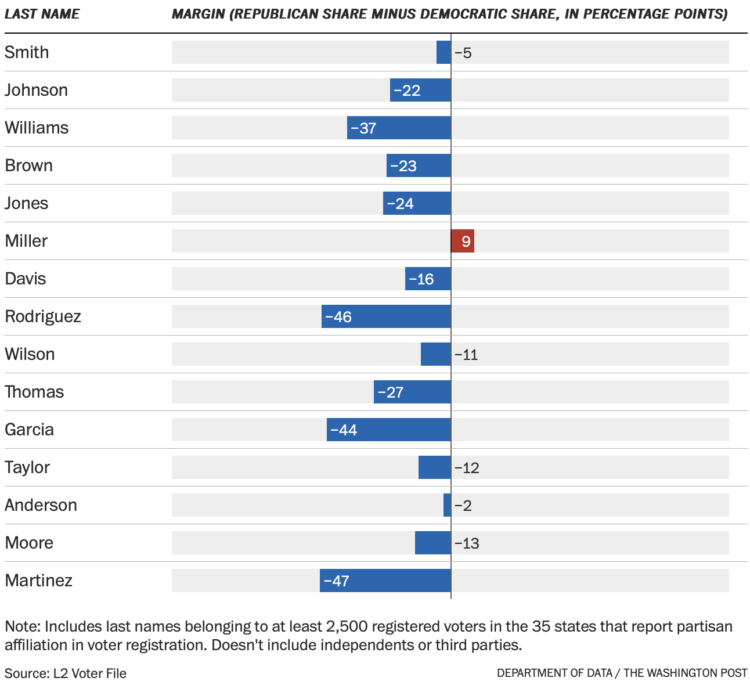
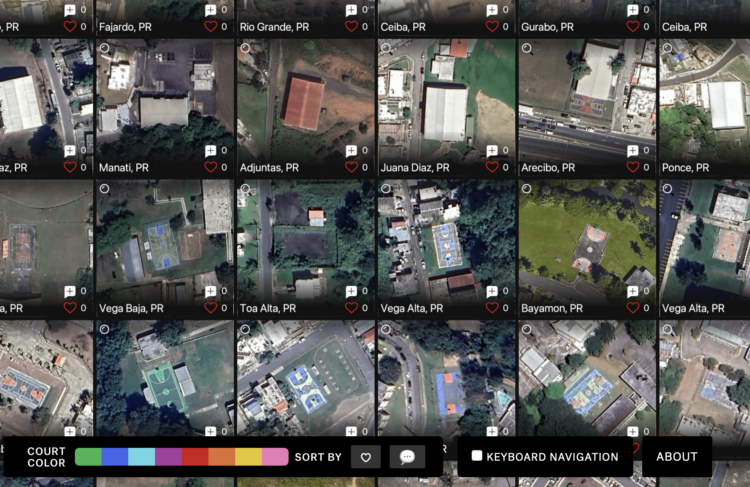

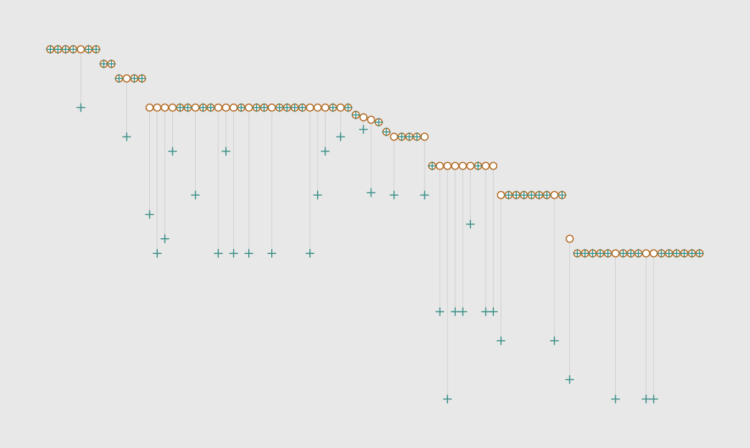
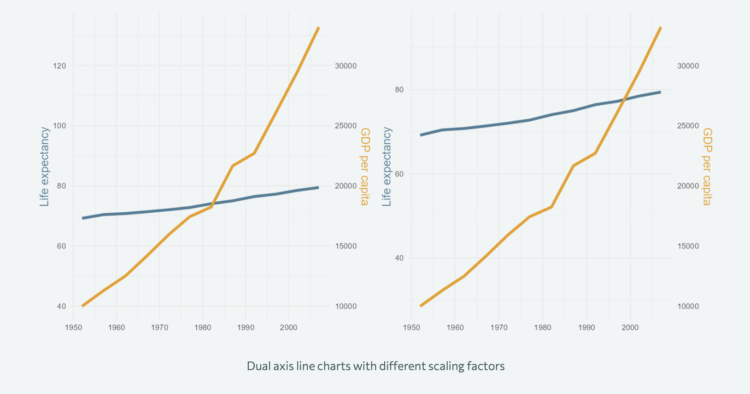
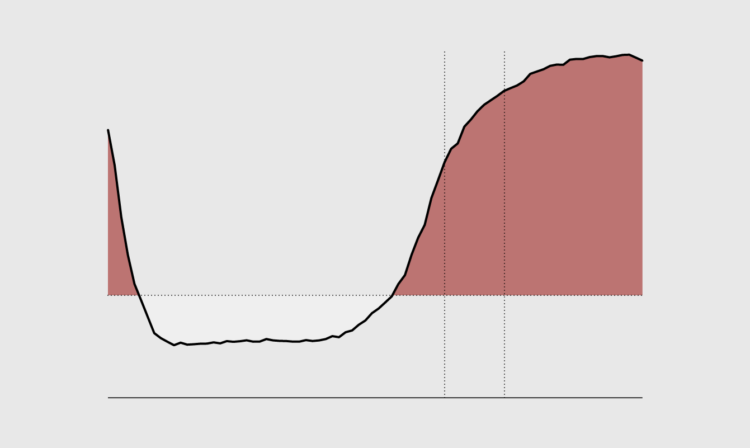




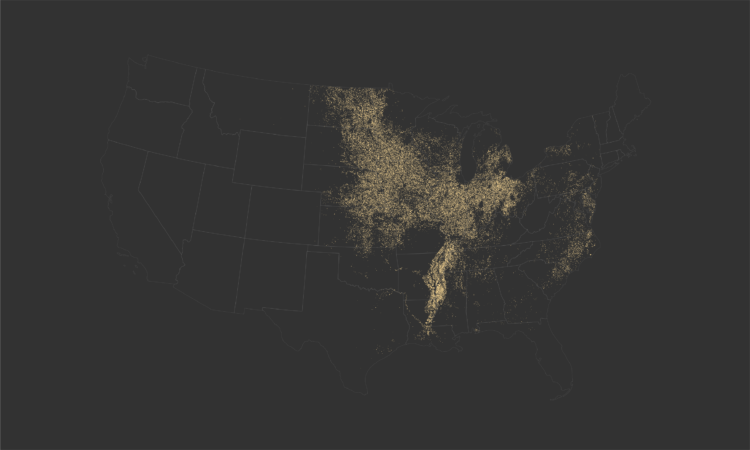
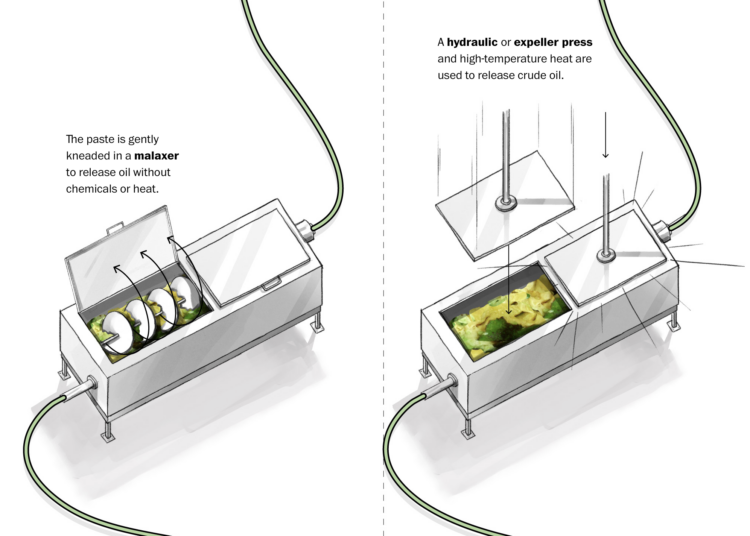
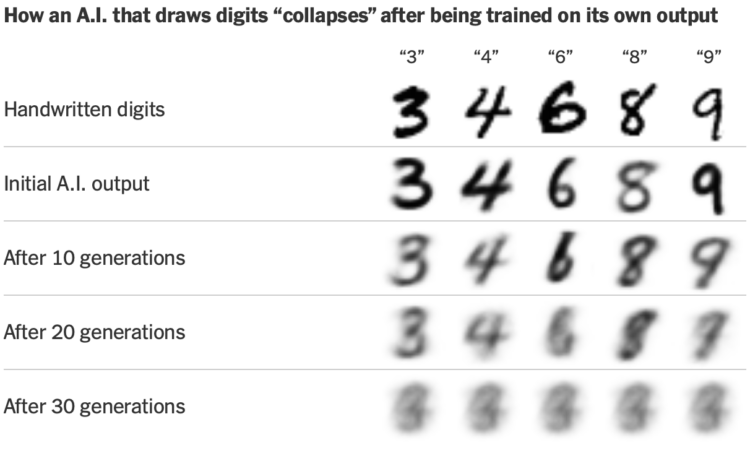

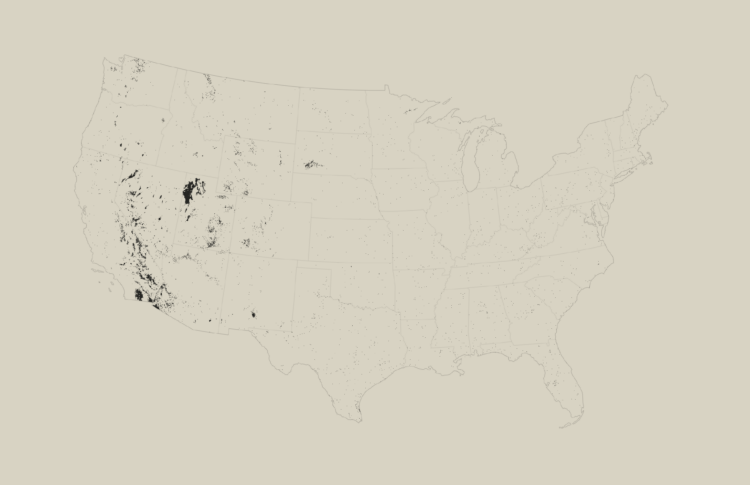
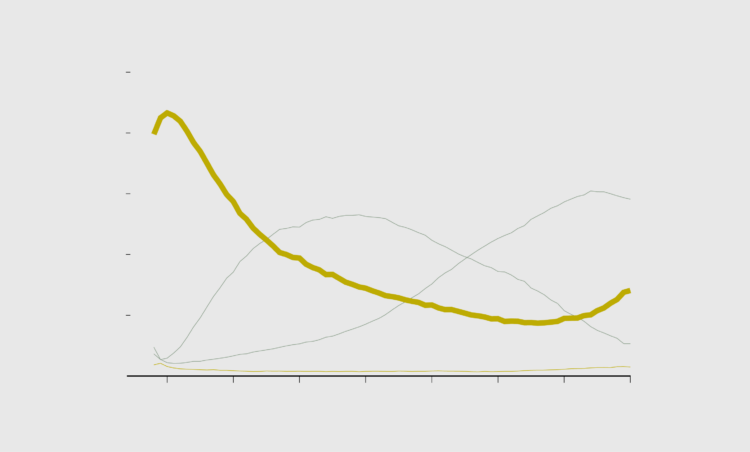
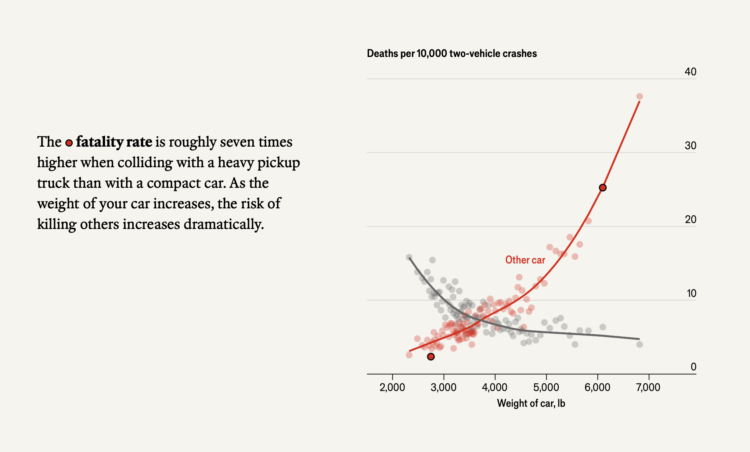
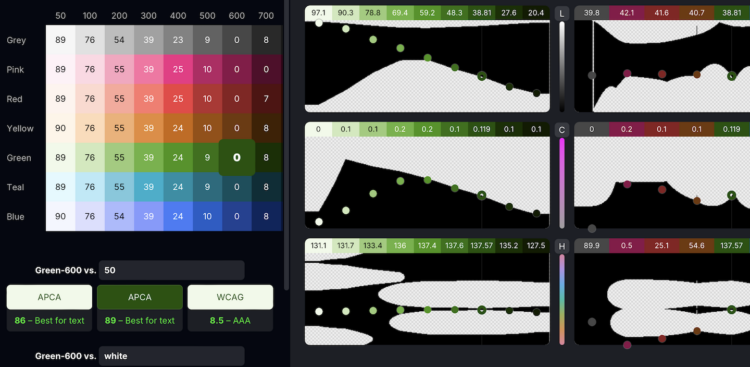
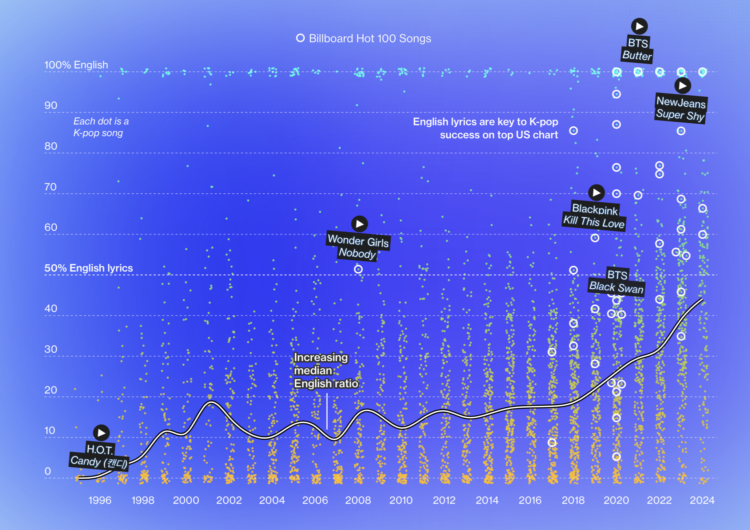
 Visualize This: The FlowingData Guide to Design, Visualization, and Statistics (2nd Edition)
Visualize This: The FlowingData Guide to Design, Visualization, and Statistics (2nd Edition)


